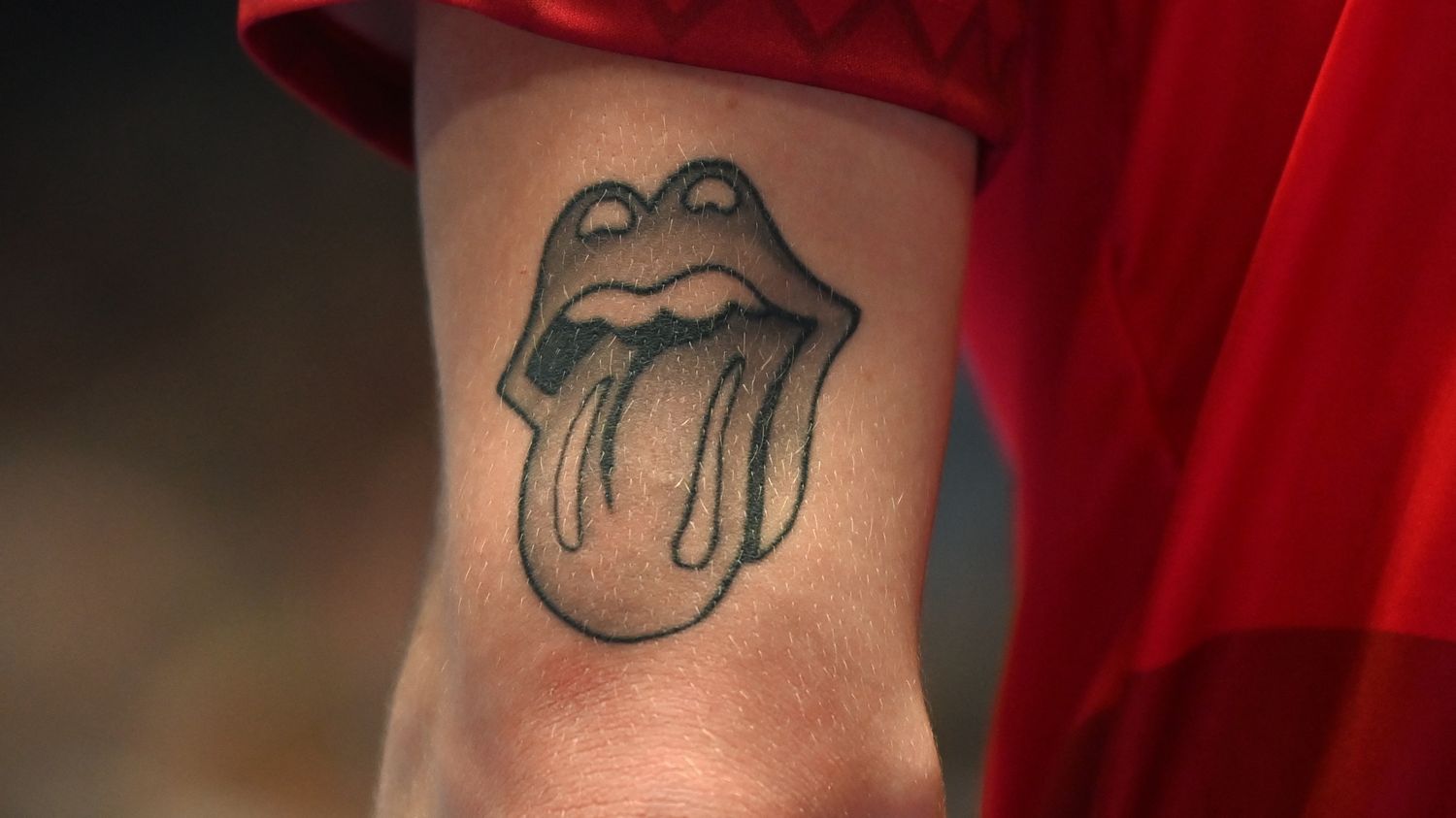The Rolling Stones began a new tour on Sunday in Houston, Texas. At 80, Mick Jagger takes his acolytes on a series of concerts in the United States and Canada. On stage, in the audience, you will find the group’s logo everywhere, the famous “language of the Stones”.

Published
Reading time: 3 min

As the Rolling Stones began a new tour in the United States and Canada on Sunday April 28, franceinfo looks at the creation of the English group’s emblematic logo: a mouth sticking out its tongue. To begin with, you should know that this tongue and these lips do not represent Mick Jagger’s lippy mouth. And another common mistake, it is not a drawing signed by the “king of pop art”, Andy Warhol. For a very long time, the Rolling Stones did not have a logo, whereas at the end of the 60s and the beginning of the 70s, groups like the Who or Led Zepplin, their direct competitors, had visuals. which immediately allow their fans to recognize their universe.
So, in 1969, Mick Jagger started looking for an idea. The Stones singer recently said his brother traveled to India in the ’60s, which was fashionable at the time, and brought him back some books. Jagger then immerses himself in this universe and comes across Kali, an Indian goddess, goddess of preservation, transformation and destruction. In the images, Kali has her mouth wide open, and she is sticking out a very red tongue. It pleases the musician, who also appreciates the sexual and transgressive side of the pose. In London, he contacted an art school student, John Pasche. The 25-year-old was inspired by Kali’s mouth and designed the logo. Jagger says “banco” and gives him 50 pounds.
A gold logo
The logo appeared for the first time in 1971 inside the album “Sticky Fingers”, the cover of which represented a crotch molded into jeans with its famous zipper. This cover was designed by Warhol. This is why some think that the painter also drew the language. Two years after the release of the record, John Pasche received 200 additional pounds, because the Stones were very happy with this logo which worked so well. In 1984, he sold the rights to the language to the group for 26,000 pounds and in 2008, he sold the original work to a British museum for 50,000 pounds. Still, it’s little compared to what this omnipresent language brings for the oldest rock group in the world. As a reminder, Mick Jagger’s fortune is estimated at the equivalent of 380 million pounds, or 440 million euros.
